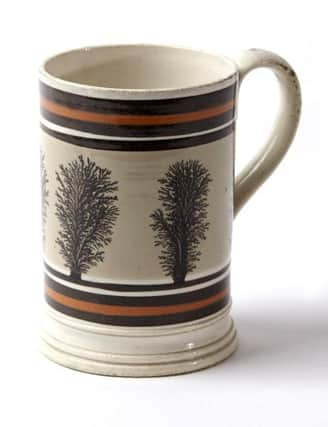Antiques Column with Michael Dowse: Glass reflects changing lifestyles


The perfume bottle was a perfect example.
Rene Lalique (1860-1945) began his career designing jewellery, he began working with glass in the 1890s and opened his first glass shop in Paris on the square “Place Vendôme” in 1905.
His work caught the eye of perfumer Franҫois Coty who had a shop nearby and Coty invited Lalique into a partnership initially designing labels for his perfumes and later the glass bottles.
Advertisement
Hide AdAdvertisement
Hide AdTheir partnership revolutionised the perfume industry; it was the first time perfumes were packaged in distinctive bottles evocative of the fragrance contained within and it was a huge success.
By the 1920s Lalique has three factories and produced exquisite perfume bottles for over 60 fashionable and desirable perfumers.
The perfume bottles in highest demand now are the more unusual or abstract with inventive designs and forms. Most bottles had modern and stylized designs following the Art Deco style.
Early examples feature more flowing lines, floral designs and figural etching.
Advertisement
Hide AdAdvertisement
Hide AdSome bottles were formed in bold shapes with oversized decorative stoppers, occasionally more than one stopper could be designed for a bottle.
Bottles that are sealed with their original contents remaining or bottles with their original outer packaging still intact are considerably more valuable and thus more popular amongst collectors.
Bottles made or designed after 1945 will not feature the initial “R” in their mark as this was never used after Rene Lalique’s death.
The “R” is often added to later pieces to make them appear earlier and thus more desirable, so beware.Visit www.sheffieldauctiongallery.com for details of the city’s latest auctions.